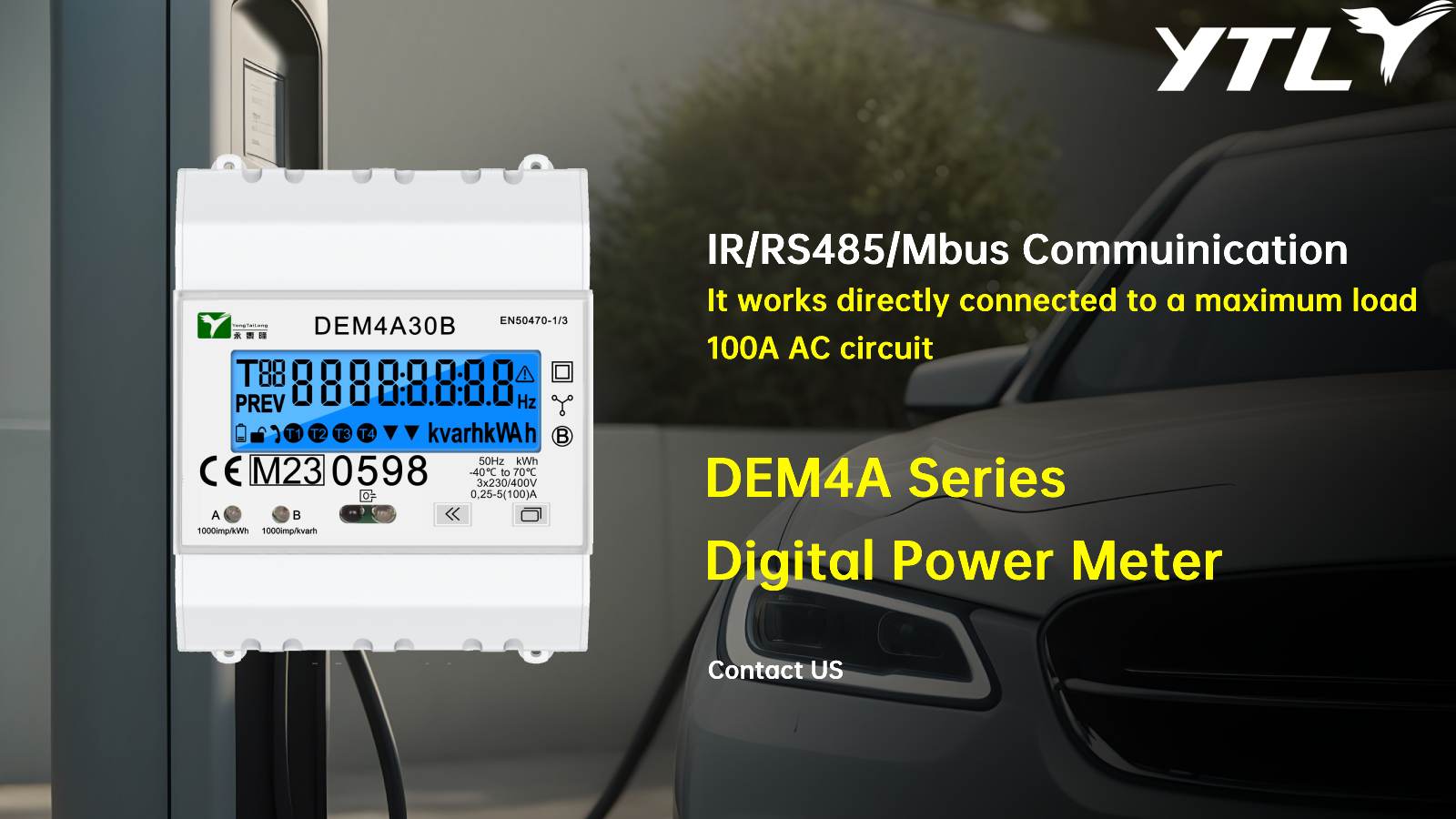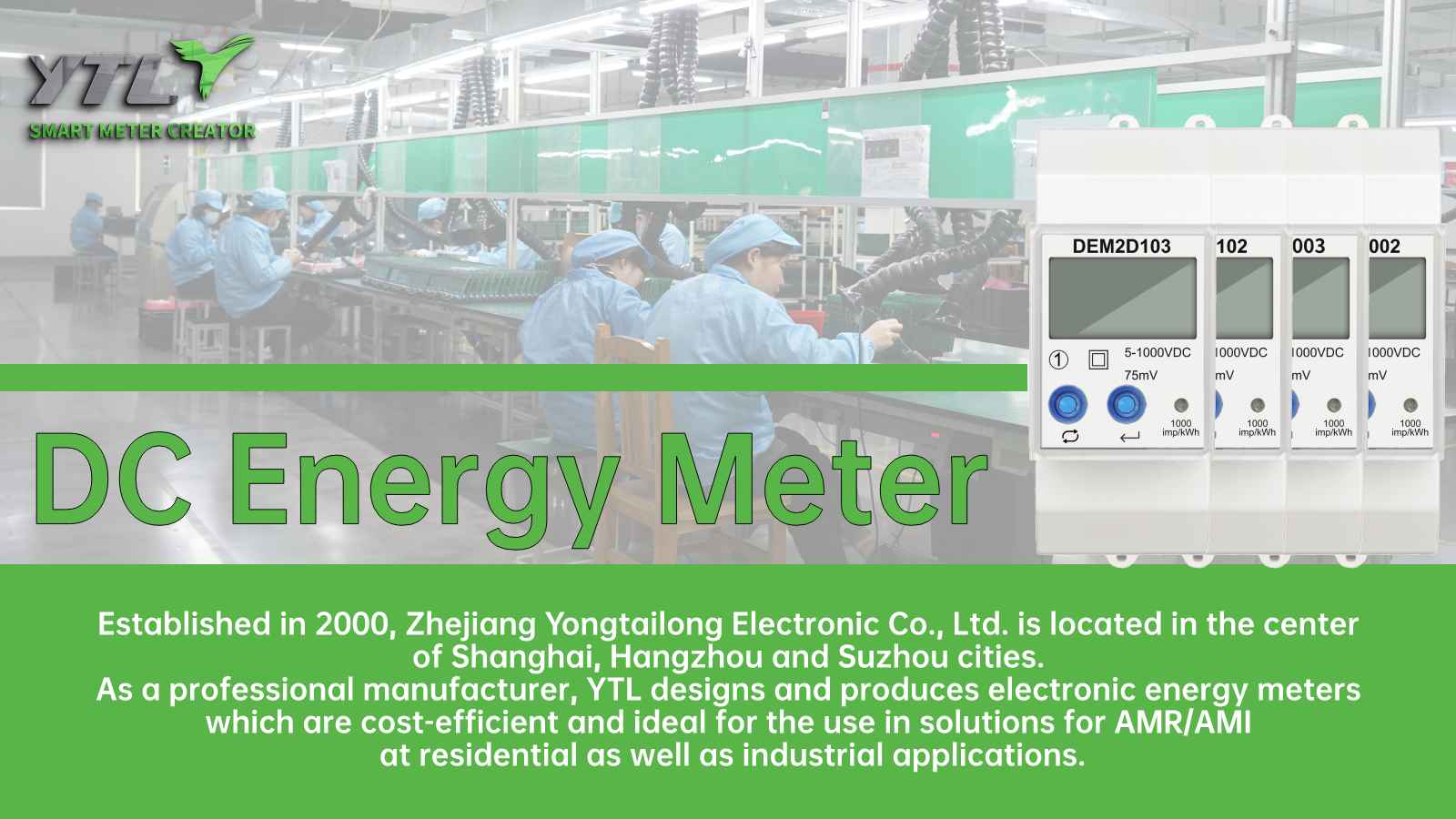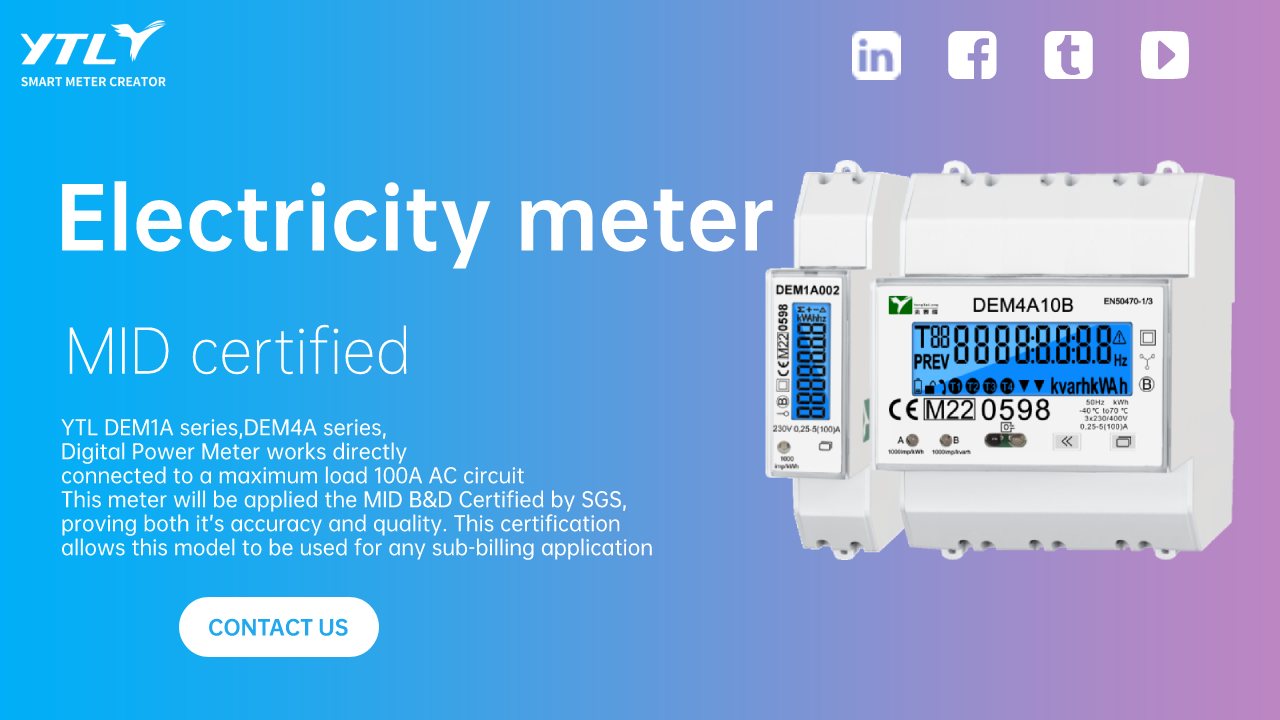1、 Intelligent coupling of energy triangle
When photovoltaic panels, energy storage batteries, and charging stations coexist in the same physical space, energy flow evolves from unidirectional transmission to multi-directional game. The volatility of photovoltaic power generation, the timing strategy of energy storage charging and discharging, and the randomness of charging pile demand interweave into a dynamically changing energy network. Traditional electric meters in this scenario are like water meters that can only record the total flow, unable to distinguish the direction of rainwater, tap water, and recycled water; The new smart meter, with its multi port sensing capability, has become a linguist in decoding energy flow, constructing a unified measurement coordinate system at the boundary between DC and AC.
2、 Decision engine for collaborative light storage and charging
The core value of electricity meters lies in providing real-time decision-making basis for energy dispatch. When the photovoltaic output exceeds the charging load at noon, the electricity meter will synchronously monitor the SOC status of the energy storage battery and the grid purchase electricity price. If the battery remaining capacity is less than 60% and the electricity price is lower than the valley electricity price, energy storage charging will be prioritized; If the photovoltaic power drops sharply and the charging queue saturates, the meter will trigger battery discharge to suppress high priced electricity purchases from the grid. This scheduling logic relies on the three-dimensional data stream of photovoltaic inverter DC side power generation, energy storage PCS charging and discharging power, and charging pile AC side demand collected in milliseconds by the electricity meter, ensuring that the system always operates at the point of the cost surface.
3、 The value capture of time translation
The time attribute of electricity commodities is greatly amplified in the photovoltaic storage and charging system. Smart meters construct an energy spatiotemporal arbitrage model by recording the energy consumption characteristics of each unit within the time of use electricity price range. For example, during the low valley period of photovoltaic power outage at night, the electricity meter controls the energy storage system to store energy from the grid; During the peak period of electricity prices the next morning, energy storage will be prioritized to meet the demand for charging stations, and excess electricity will be sold back to the grid. This process is essentially the process of converting fixed physical devices into flexible financial instruments - it measures not only kilowatt hours, but also the time premium of electrical energy.
4、 Invisible Protection of Security Thresholds
Multi energy flow interaction carries hidden system risks. When photovoltaic power generation exceeds capacity, energy storage reaches full capacity, and the charging load drops sharply, excess electricity may cause voltage exceeding the limit; The sudden change in power caused by the instantaneous start-up of fast charging piles will challenge the thermal stability limit of transformers. At this moment, the smart meter transforms into a system immune cell, continuously tracking the voltage harmonic distortion rate of the common connection point (PCC) and the transformer temperature rise curve, and automatically triggering photovoltaic power limiting or charging power reduction when key parameters approach the threshold. This protection no longer relies on physical circuit breakers, but is based on predictive interception of meter data streams.
5、 The cornerstone of carbon energy coupling certification
With the improvement of green electricity trading and carbon accounting systems, electricity meter data is giving rise to environmental rights attributes. The consumption path of each kilowatt hour of photovoltaic power in the photovoltaic storage and charging system, whether it is directly driven by charging piles, temporarily stored in batteries, or sent back to the grid, is given a verifiable green fingerprint by the electricity meter. This tracking capability enables charging vehicles to obtain quantifiable carbon emission reduction certificates, while the charging and discharging losses of energy storage batteries can accurately offset the carbon emission factors of the power grid. When the measurement accuracy of the electricity meter moves from the economic level to the carbon footprint level, it becomes an energy passport that connects the physical world with the digital twin.

 English
English 简体中文
简体中文







.png?imageView2/2/w/500/h/500/format/png/q/100)



.png?imageView2/2/w/500/h/500/format/png/q/100)

.png?imageView2/2/w/500/h/500/format/png/q/100)



